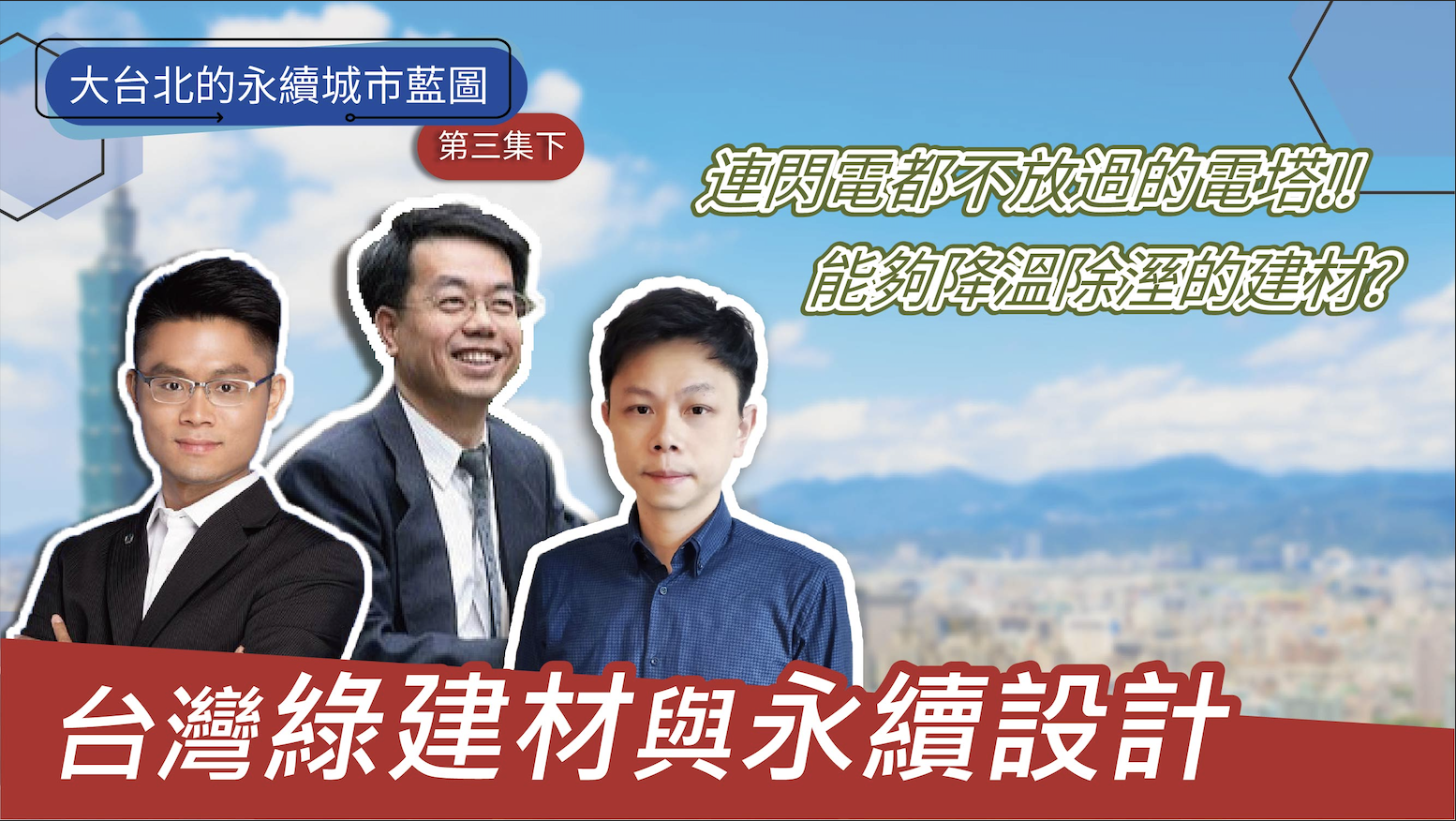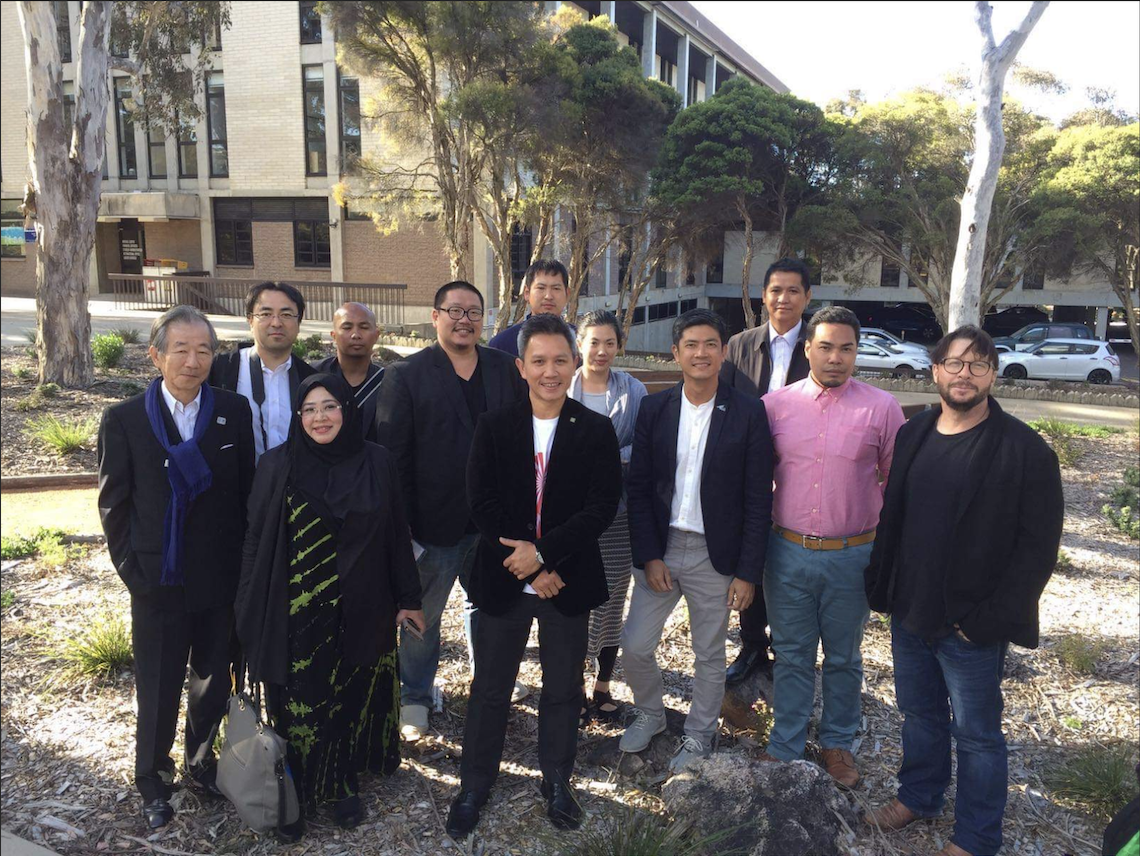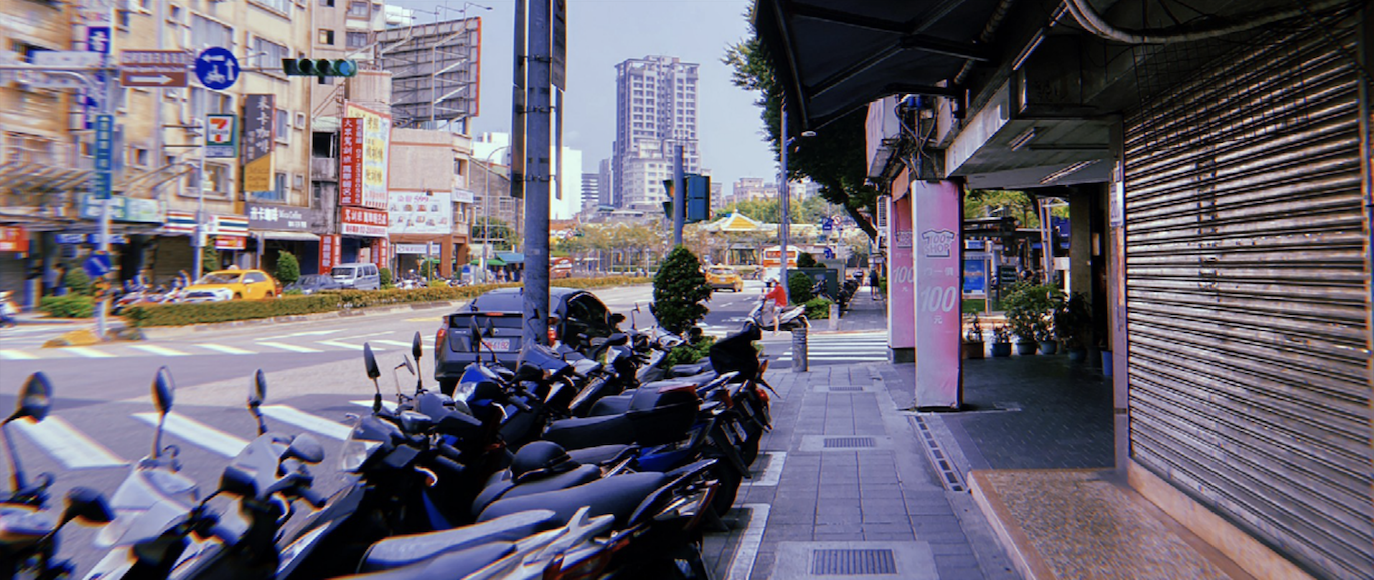Episode 4 Sustainable Smart City Life.Smart City Life with Convenience and Resilience
Speakers in this episode: Chairman Chen Ting-ru of EasyCard Co., Ltd., Chairman Chen Guangxiong of Taiwan Green Energy Industry Alliance, General Manager Zhang Jiren of Jieming New Energy Co., Ltd., Chairman Chen Weilong of Taiwan Smart Driving Co., Ltd. (ordered by
appearance
in the video ) order)

The characteristics of a sustainable smart city are both “convenience” and “resilience”. Taipei City, where we live, is fully pursuing the road of becoming a sustainable smart city. Let us take a look at how life in Taipei City has changed due to An Easy Card becomes “unstoppable” because Green Power becomes smart.
Chen Tingru, Chairman of EasyCard Co., Ltd.
The warm EasyCard drives smart urban life.
Looking around the world, there are few countries that can use only a single payment instrument to travel through different cities and different means of transportation. Such an initiative, Chen Tingru, chairman of EasyCard Co., Ltd., said: “In Taiwan, through the power of private and public sectors, as well as transportation operators, the EasyCard should be a classic transportation ticket.

“EasyCard” adds value to your wonderful life
In the early days when there were not so many payment instruments on the market, EasyCard became an important platform for policy planning. Therefore, “Add Value to Your Beautiful Life” has been operating “small consumption” since ten years ago, hoping to expand the connection between Easy Card and ordinary consumers’ lives. In order to cooperate with policies, the Easy Card has also begun to have various policy applications, such as student ID cards, social welfare cards, love cards for the disadvantaged, etc., making this card a social welfare platform.

EasyCard’s social welfare policy targets women
The customer group selected by EasyCard Company in terms of social welfare policies is mainly women. Because women have a greater chance of taking public transportation than riding a motorcycle or driving a car, so you will find that 70% of the passengers on buses or MRTs are female.
In view of the female-dominated customer group structure, the Easy Card benefits assume that women have the need to have children, and increase the collection benefits of early childhood treatment and medical subsidies. In addition, if a woman is in childcare or childbirth, the Taipei City Government will provide a subsidy of 20,000 yuan. At this time, she has another option. She can deposit the money into the Easy Card and go to the pharmacies that the Easy Card cooperates to buy milk powder and urine. film, providing new mothers with some commercial subsidies and even services throughout their life journey.
“One card, one payment” upgrades smart life
In addition, EasyCard Company has also launched an electronic wallet – “EasyPay”. The idea of Youyoufu is to digitize cards together and allow card functions to be operated on mobile phones. However, Chairman Chen Tingru said that what EasyCard Company really wants to promote is not mobile payment, but “one card, one payment”. What you hold in your hand is a card plus a mobile phone, which are combined into a system that is most suitable for Taiwan’s local characteristics. It is a payment solution, and it is the best way to spread it to all ages, so that people who want to get a card can get a card; people who want to get a mobile phone can get a mobile phone.
Chairman Chen Tingru said: “The next innovation of EasyPay will not be explosive, but it will be sustainable.” Currently, the number of EasyPay members has exceeded one million. Next, I hope to base my thinking on the business philosophy of promoting social welfare. , how to mobilize millions of members to go to these restaurants and special stores that provide takeout through the EasyPay interface, not only to allow merchants to survive this wave of epidemic, but also to guide these marketing resources, so that merchants can do better business and create A very benign business ecosystem.


Create a journey experience and create a journey economy.
Chairman Chen Tingru believes that the goal of Youyoufu is “to create a journey experience and then create a journey economy.” Add “humanistic care” to the small card. “EasyCard” brings a more convenient life to Taipei people and is the warmest and most beautiful added value in daily life.
Chen Guangxiong, Chairman of Taiwan Green Energy Industry Alliance
How can “resilient smart cities” restore power as quickly as possible?
Chairman Chen Guangxiong believes that when discussing the resilience of a city, we must first start with how much the city’s “wisdom” has assisted the needs of a resilient city, including special situations such as disaster prevention. Is there any data that can tell us how much the city has recovered after each disaster? In fact, this tests the “wisdom” of the city. Can those sensors installed in every corner of a city know what the city looked like before the disaster? What will happen after the disaster?

For example, during a power outage, as long as the energy storage system in the city can be increased to a certain level, there will be no sudden power outage during downturn. Therefore, this kind of intelligent “green energy” data collection and analysis is the most indispensable for a resilient smart city.
So what if the power really goes out?
General Manager Zhang Jiren of Jieming New Energy Co., Ltd.
“Sustainable” “energy management system” EMS needs to run through homes and entire cities

General Manager Zhang Jiren said: “The sustainable smart city power management system EMS is a sustainable management structure. It is hoped that the concept can be extended from households to regions to the entire city.” From households to the entire city, electricity can be generated spontaneously For self-use, a large-scale regional power grid or a regional joint defense structure can be created through the combination of small, medium and large HEMS, CEMS and PEMS structures.
For example, in Japan, it is not the electric power companies that provide household and commercial electricity, but telecommunications companies and home appliance equipment companies, such as air conditioners, washing machines, and refrigerators. Through the above model, telecommunications companies and home appliance equipment companies provide telecommunications services to each user. , the power consumption status of household appliances is very clear. General Manager Zhang Jiren believes: “The concept of ‘the last mile of the home’ actually completely opens up the electricity model.”
“Small electricity eats big electricity” allows telecom operators and users to share profits

The intervention of telecommunications companies, in the power structure, can provide “energy storage cabinet” equipment to be installed in households, sign long-term contracts with users, assist users in selling electricity to Taipower, and then both parties share the proceeds from the electricity sales. The code name for this in Taiwan is “Small power eats big power.” The “virtual power plant” in the regional power grid does not have electricity. It squeezes out electricity from various places and collects it to form a virtual power plant, which is then connected to form an IoT power plant. Finally, Taipower’s electricity is integrated to provide power supply subsidies.

“Regional power grids” are the answer to smart city resilience
Basically, as mentioned above, the equipment and technology for “small power to eat big power” have matured, and there is also a good learning model in Japan. Next, how Taipower integrates with telecommunications companies will be the most urgent issue. Therefore, the first thing to match is the “power collector”, and the second is the “storage cabinet” for charging and discharging. For example, a car is a large mobile power bank. In the future, the largest source of “spontaneous self-use” power will be electric cars. In the near future, car charging guns will not only charge the car one-way now, but two-way. The charging gun and the car itself are also an energy storage cabinet.
The current situation in Taiwan is that the information network is very mature, but the power grid is an older structure. That is why there are now many discussions about “regional power grids” in the hope of improving the power shortage problem.
Chen Weilong, Chairman of Taiwan Intelligent Driving Co., Ltd.
“People-centered” street design should consider pedestrian safety first
Taiwan’s street profile and lifestyle are a mixture of residential and commercial areas. Chairman Chen Weilong believes that the current road configuration should be aimed at “transporting the most people” rather than “moving the most cars”. However, in the past, Taiwan’s engineering thinking relied on building bridges and paving roads to alleviate traffic jams. As a result, over the past twenty years, the practice of building roads as the number of cars increased, until one day the government finally discovered that no matter how much roads were built, they could not keep up with the growth of cars.

Tokyo’s Roppongi Hills integrated TOD concept is a model of a city within a city.
Tokyo’s Roppongi Hills concept incorporates part of the traffic engineering TOD (Transit-oriented development). This kind of engineering design integrates “public transportation” when developing the entire community. , “transportation” and “energy saving” are all integrated into the building or community, opening up the underground floor. This design concept is an example of a city within a city.
What Taiwan lacks is not traffic education, but legal education
. Chairman Chen Weilong believes that Taiwan’s biggest challenge is not the lack of traffic education, but the lack of legal education. For example, many alleys in downtown Taipei are always full of parked motorcycles and piles of debris. Taiwan should establish people’s awareness of law-abiding and abide by traffic regulations. Otherwise, such an environment will be a very big challenge to the development of Taiwan’s self-driving cars. .
Conclusion: Smart cities require cross-sector integration
To build a sustainable smart city, there is no way to rely solely on one technology or the efforts of one company, so cross-field knowledge and technologies must be integrated. “Smart technology”, “green energy” and “environmental sustainability” are all important considerations for “smart city life”.


